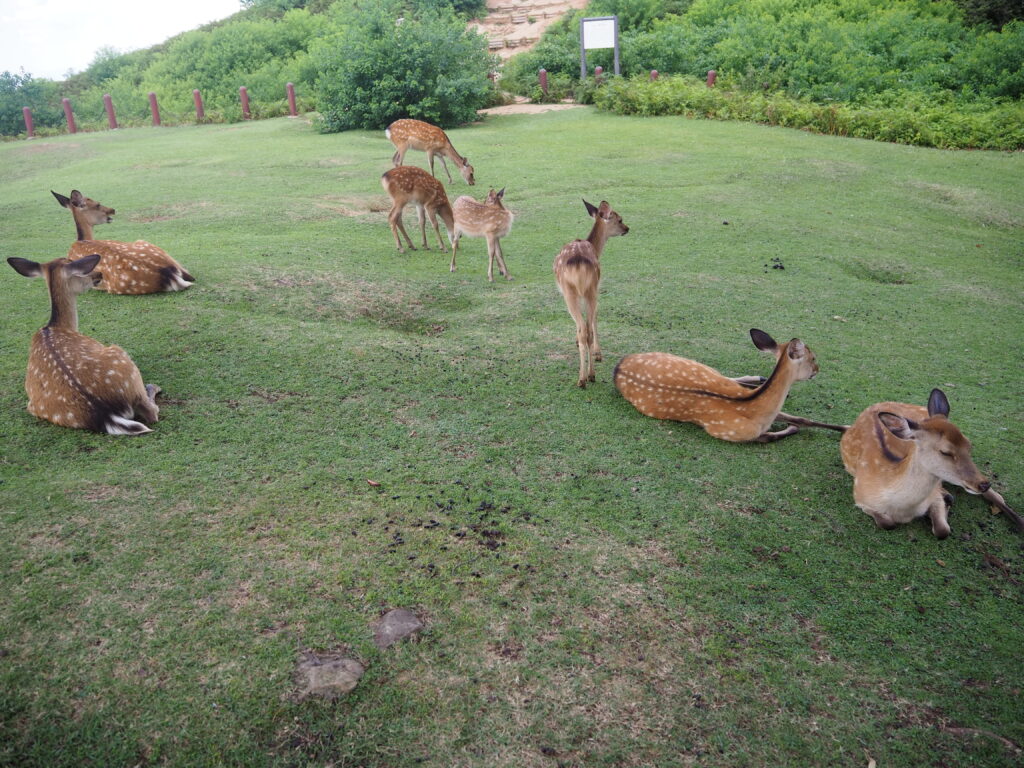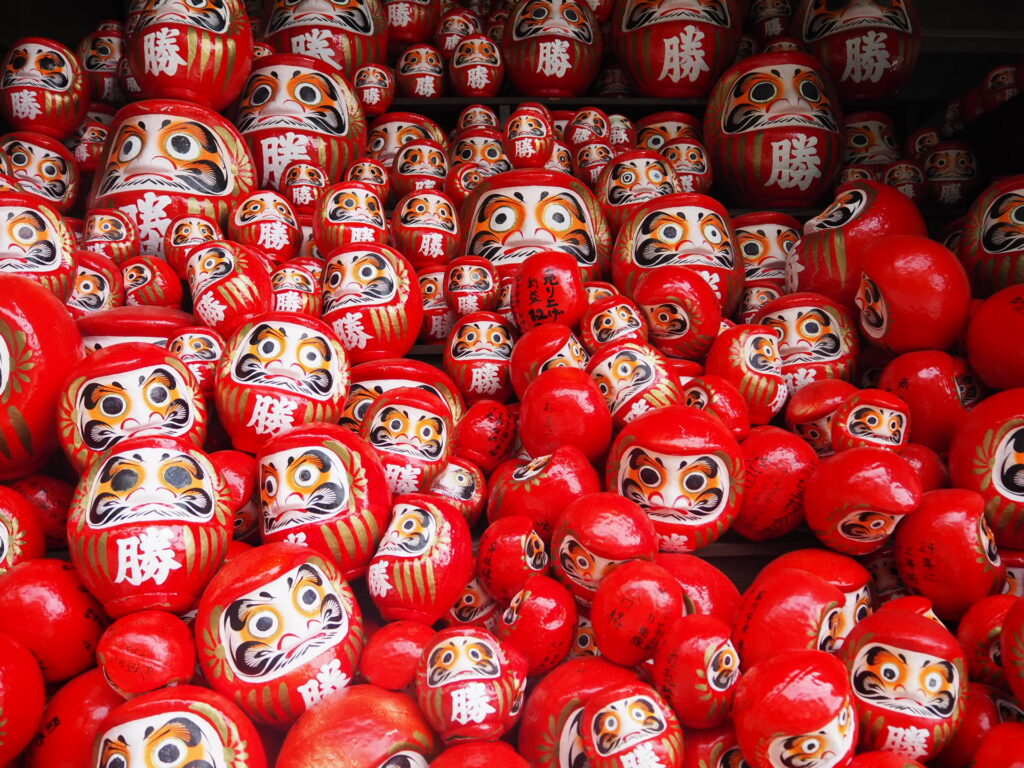Nestled in the heart of Nara Prefecture, Nara Park (奈良公園) is a treasure trove of history, culture, and natural beauty. Spanning over 500 hectares, it is one of Japan’s most renowned destinations, attracting millions of visitors annually. With its free-roaming deer, ancient temples, and picturesque landscapes, Nara Park offers a unique blend of charm and reverence that captivates everyone who steps foot into its expansive grounds.
Table of Contents:
A Living Connection to History in Nara Park
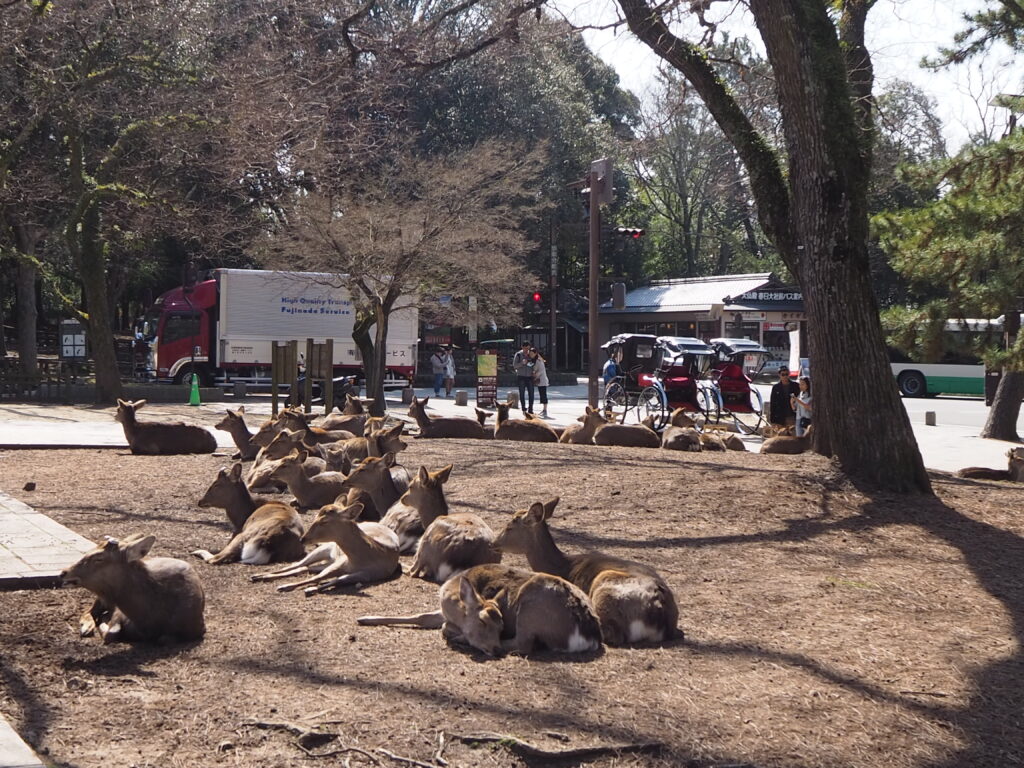
Established in 1880, Nara Park is one of Japan’s oldest public parks, steeped in history and tradition. The park is home to several UNESCO World Heritage Sites, including Todai-ji Temple, Kasuga Taisha Shrine, and Kofuku-ji Temple. Each of these landmarks carries profound cultural significance, offering a glimpse into Japan’s rich heritage.
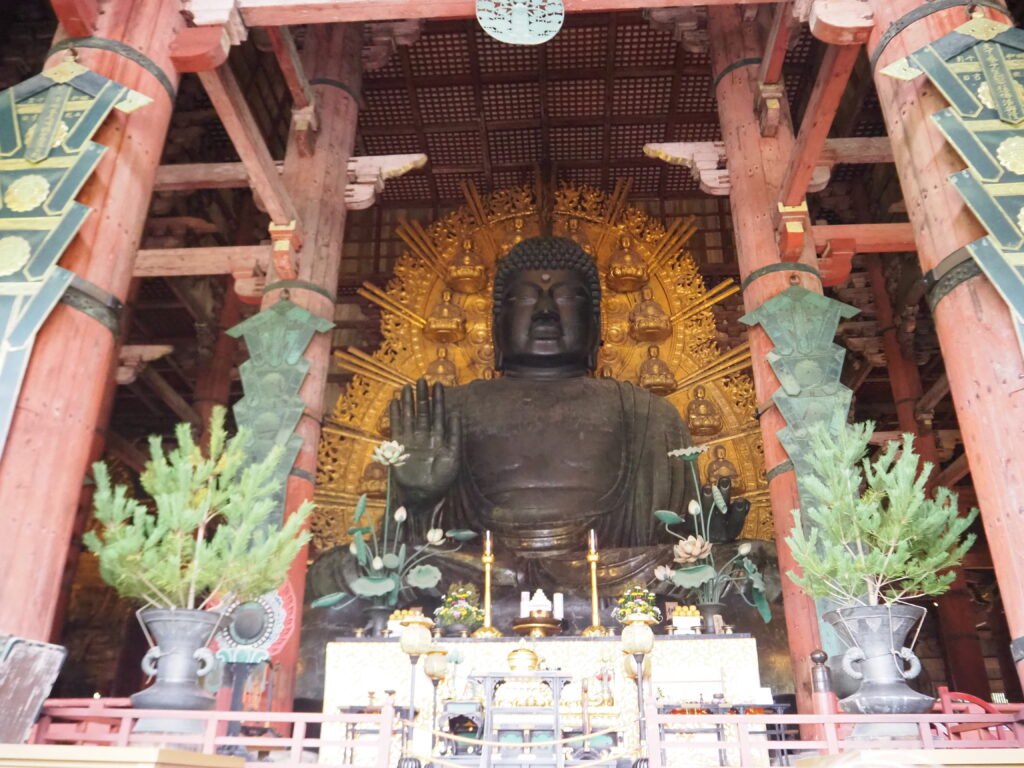
Todai-ji Temple, a marvel of ancient architecture, houses the Great Buddha (Daibutsu), a towering bronze statue that stands over 15 meters tall. Constructed in the 8th century, the temple once served as the head temple of all provincial Buddhist temples in Japan. Its awe-inspiring Great Buddha Hall (Daibutsuden) remains one of the largest wooden structures in the world, a testament to the craftsmanship of its time.
Kofuku-ji Temple, originally built in 669, was the family temple of the influential Fujiwara clan. Its five-story pagoda, a prominent feature of the park’s skyline, is the second tallest in Japan and a symbol of Nara’s historic significance.
Kasuga Taisha Shrine, a Shinto shrine established in 768, is famed for its hundreds of bronze and stone lanterns that adorn its pathways. These lanterns are lit during the biannual Lantern Festivals, creating a magical ambiance that draws visitors from across the globe.
The Sacred Deer of Nara Park
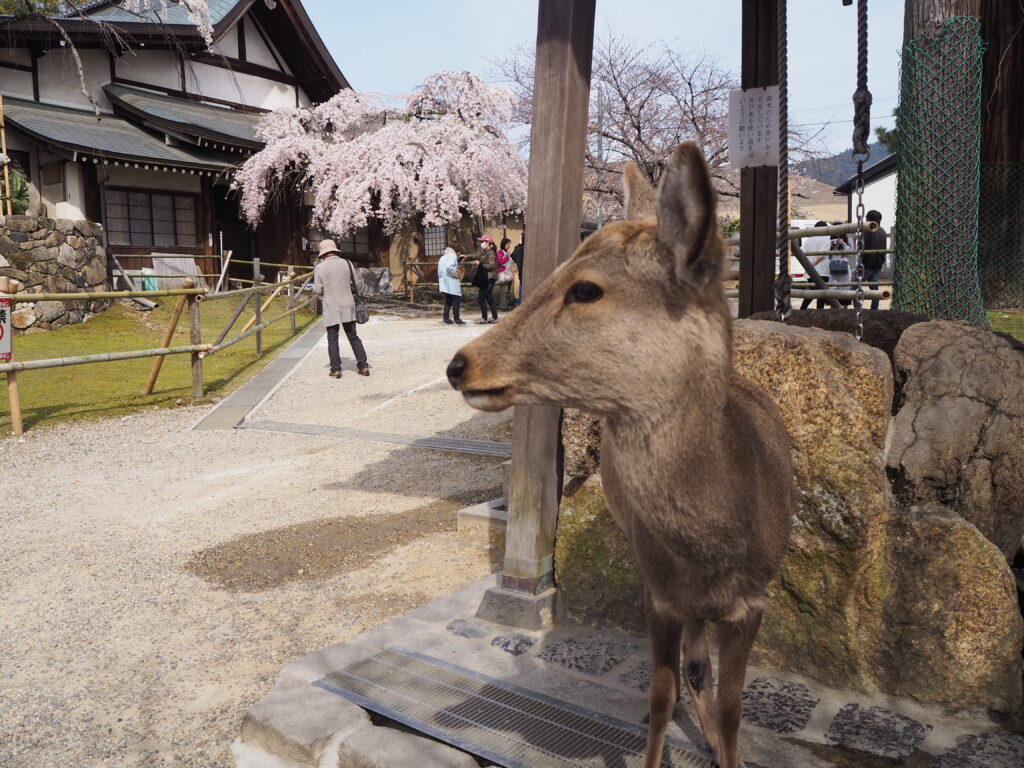
Perhaps the most iconic feature of Nara Park is its population of over 1,000 free-roaming deer. Regarded as messengers of the gods in Shinto belief, these deer are considered sacred and have been living in harmony with the people of Nara for centuries.
Visitors can purchase special “shika senbei” (deer crackers) to feed the deer, often resulting in delightful interactions. The deer have even learned to bow in response to visitors, creating a charming and memorable experience for those who encounter them. While the deer are generally friendly, it’s important to respect their space and adhere to park guidelines to ensure their well-being.
A Tapestry of Seasons Around Nara Park
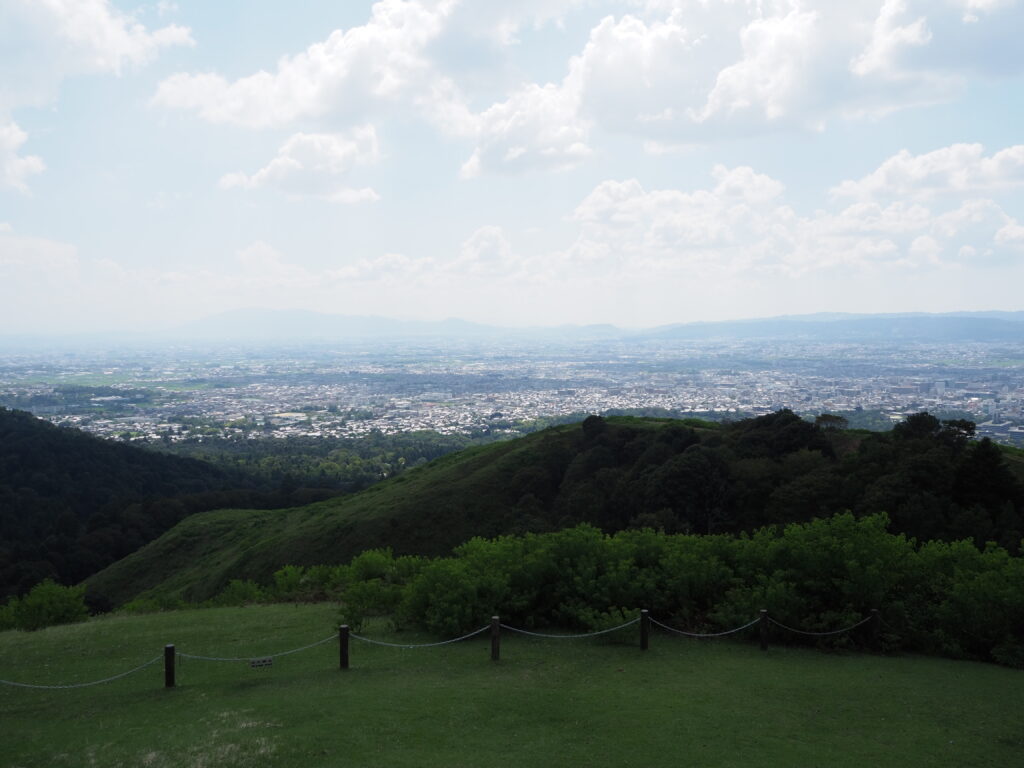
Nara Park is a place of timeless beauty that transforms with the changing seasons, offering visitors a unique experience no matter when they visit. In spring, the park comes alive with cherry blossoms, creating a dreamy landscape of pink and white blooms. The arrival of summer brings lush greenery, with cool breezes rustling through the ancient trees.
Autumn is perhaps the most enchanting time to visit, as the park is adorned with vibrant hues of red, orange, and gold. The crisp air and the soft crunch of fallen leaves underfoot create a serene atmosphere that invites reflection. In winter, the park takes on a tranquil charm, with occasional snowfall dusting the temples and pathways, adding a layer of quiet beauty to the historic surroundings.
Beyond the Park: Exploring Nara
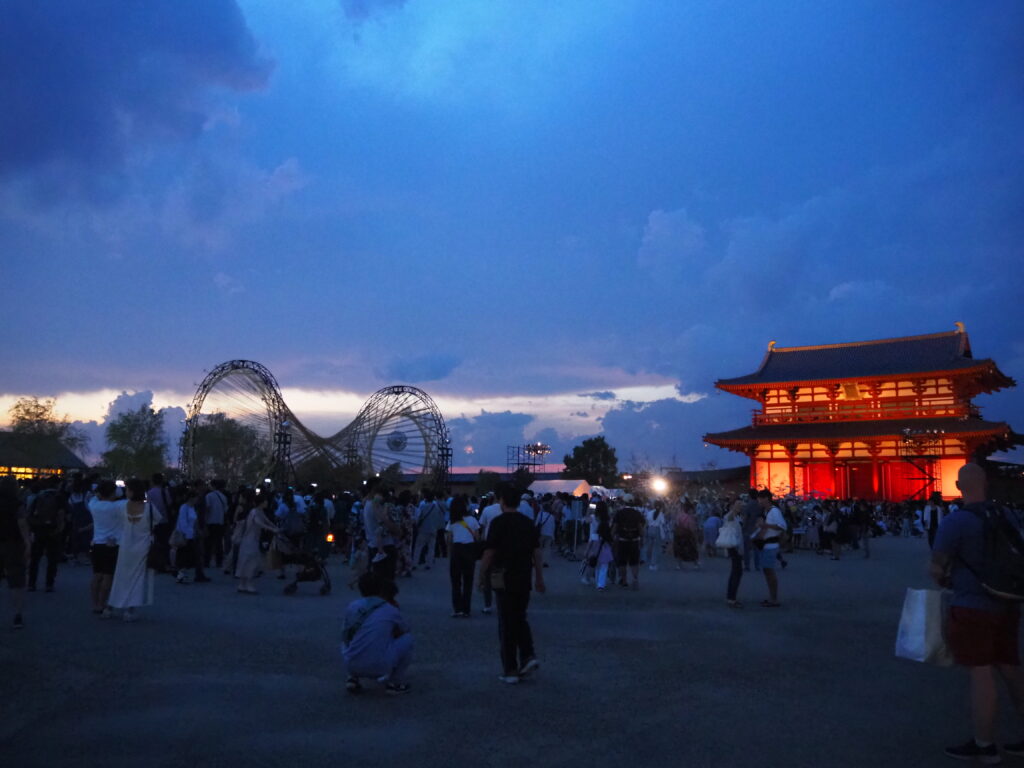
Just a short distance from Nara Park lies Heijō-kyō, the ancient capital of Japan during the Nara period (710–794). As the political and cultural heart of the country, Heijō-kyō played a pivotal role in shaping the nation’s early identity. Today, the Heijō Palace Site offers visitors a glimpse into this historic past with its reconstructed buildings and interactive exhibits, creating a vivid picture of life in ancient Japan.
After exploring the grandeur of Heijō-kyō, visitors can take a pleasant stroll to Naramachi, the old merchant district of Nara City. In stark contrast to the regal and open spaces of Heijō Palace, Naramachi captivates with its maze of narrow streets lined with preserved machiya townhouses. These historic buildings, once homes and shops of merchants, have been repurposed into quaint cafes, boutique stores, and small museums, offering a charming peek into the past.
Strolling through Naramachi feels like stepping into another era, where every corner holds stories of traditional life and craftsmanship. Food lovers will find delights aplenty here. Local specialties like kakinoha sushi—sushi wrapped in persimmon leaves—showcase the region’s culinary heritage. Another must-try is the freshly pounded mochi from Nakatanidou, where the rhythmic and dramatic display of mochi-pounding by skilled artisans often draws an eager crowd.
By combining the historical immersion of Heijō-kyō with the nostalgic allure of Naramachi, visitors can enjoy a well-rounded exploration of Nara’s cultural tapestry, uncovering both its majestic past and its intimate, everyday stories.
A Scenic Retreat: Wakakusa Mountain
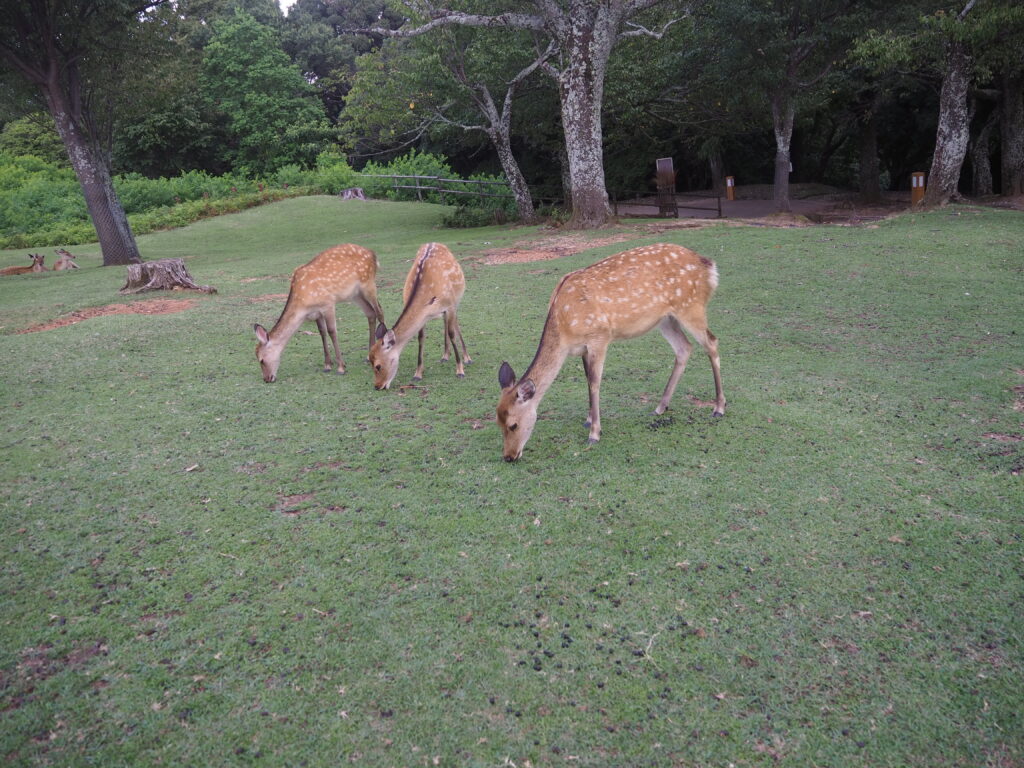
Among the many captivating features of Nara, Wakakusa Mountain (若草山) stands out as a natural gem that offers both stunning views and a unique cultural experience. Located just a short distance from Nara Park, this gentle, grass-covered hill is an inviting destination for nature lovers and those seeking a tranquil escape.
Wakakusa Mountain is particularly famous for its annual mountain burning ceremony, known as Wakakusa Yamayaki (若草山焼き), held every January. During this event, the entire hillside is set ablaze in a spectacular display of fire and smoke, creating an unforgettable scene against the night sky. The origins of this tradition are rooted in local legends, with theories ranging from disputes over land boundaries to rituals meant to ward off pests. Today, the ceremony is accompanied by fireworks and attracts visitors from far and wide.
For those visiting outside of the Yamayaki season, Wakakusa Mountain remains a delightful destination. A leisurely hike to the summit rewards visitors with panoramic views of Nara City and its surrounding landscape, including glimpses of ancient temples and the serene waters of the Seto Inland Sea in the distance. The grassy slopes are ideal for picnics and relaxation, offering a peaceful retreat from the busier areas of the city.
In spring, Wakakusa Mountain transforms into a vibrant tapestry of colors, with cherry blossoms blooming along the trails. The combination of fresh air, picturesque scenery, and seasonal beauty makes it a favorite spot for locals and tourists alike.
Adding Wakakusa Mountain to your Nara itinerary provides a refreshing balance to the historical and cultural treasures of the city, offering a chance to connect with nature while soaking in the views of this charming region.
Preserving the Spirit of Nara Park
Efforts to preserve and protect Nara Park’s cultural and natural heritage are ongoing. The park’s management works closely with local communities and organizations to ensure that its historical landmarks and natural environment remain pristine for future generations to enjoy. Visitors are encouraged to follow eco-friendly practices, such as disposing of trash responsibly and respecting the park’s wildlife and flora.
A Journey Worth Taking
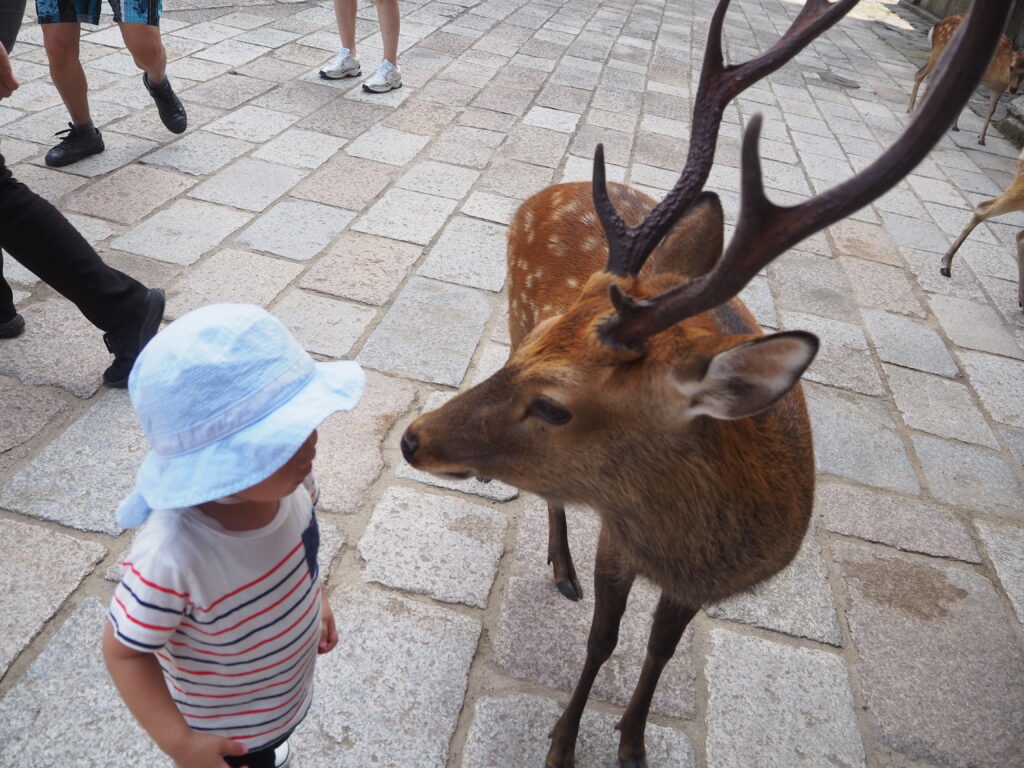
Nara Park is more than just a destination; it’s an experience that lingers in the heart long after the journey ends. Whether you come for the historic temples, the playful deer, or the serene landscapes, the park offers a profound connection to Japan’s past and an enduring appreciation for its beauty.

